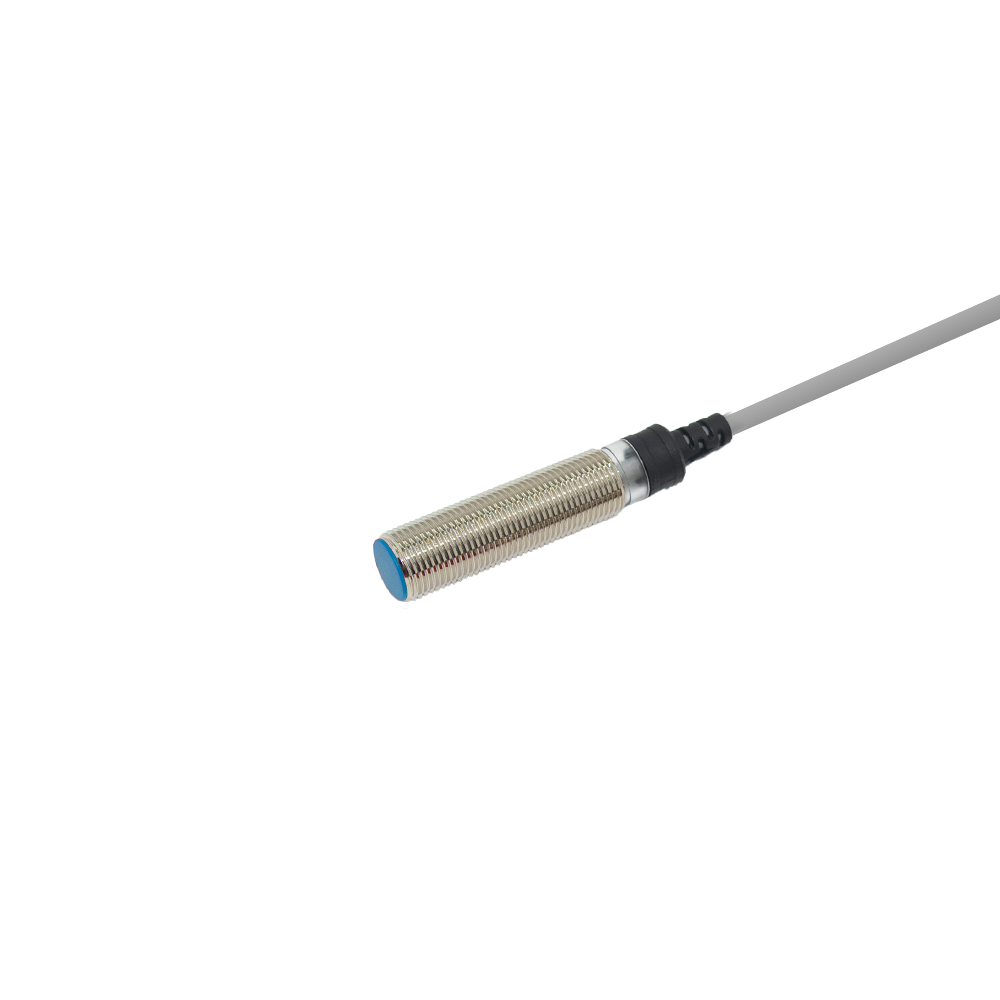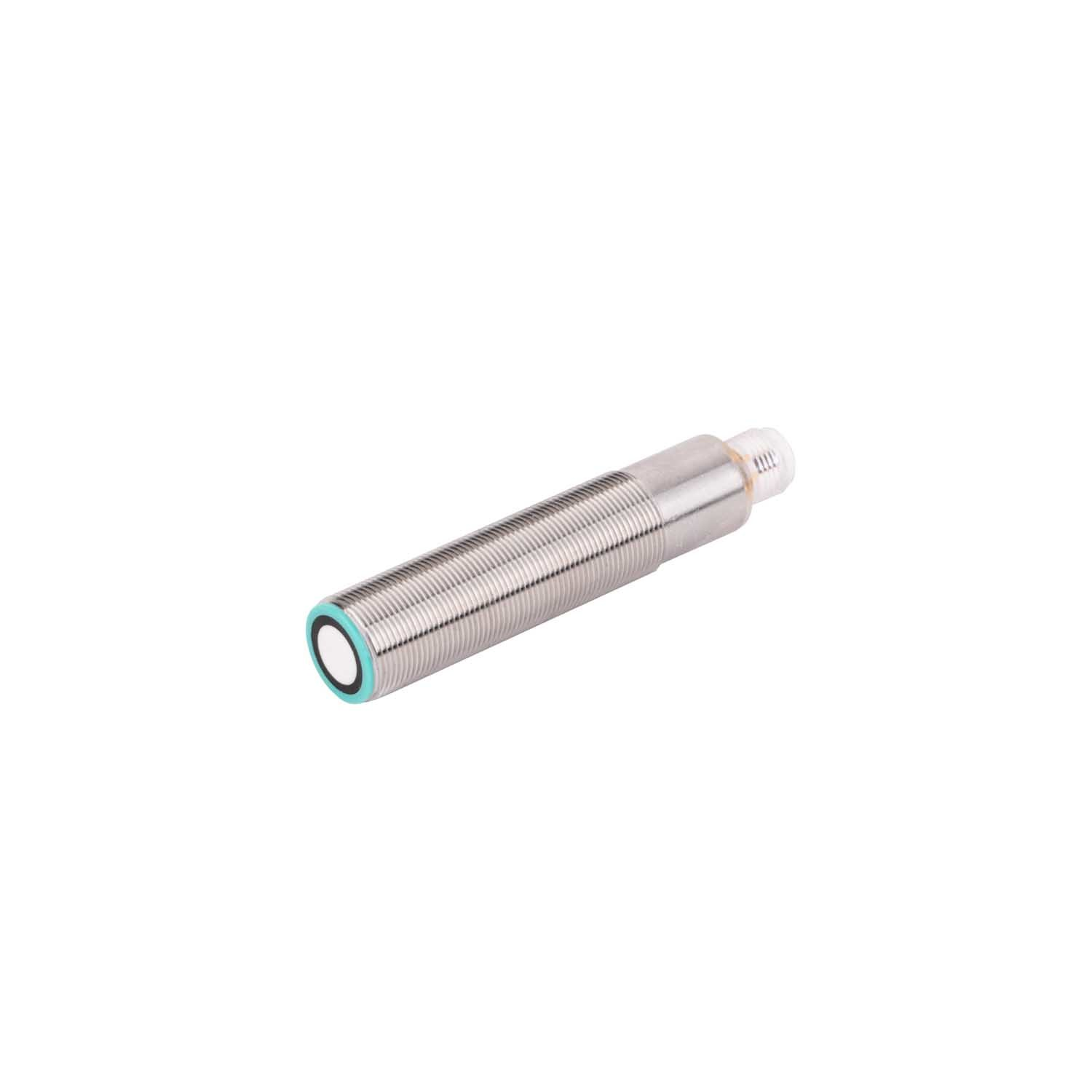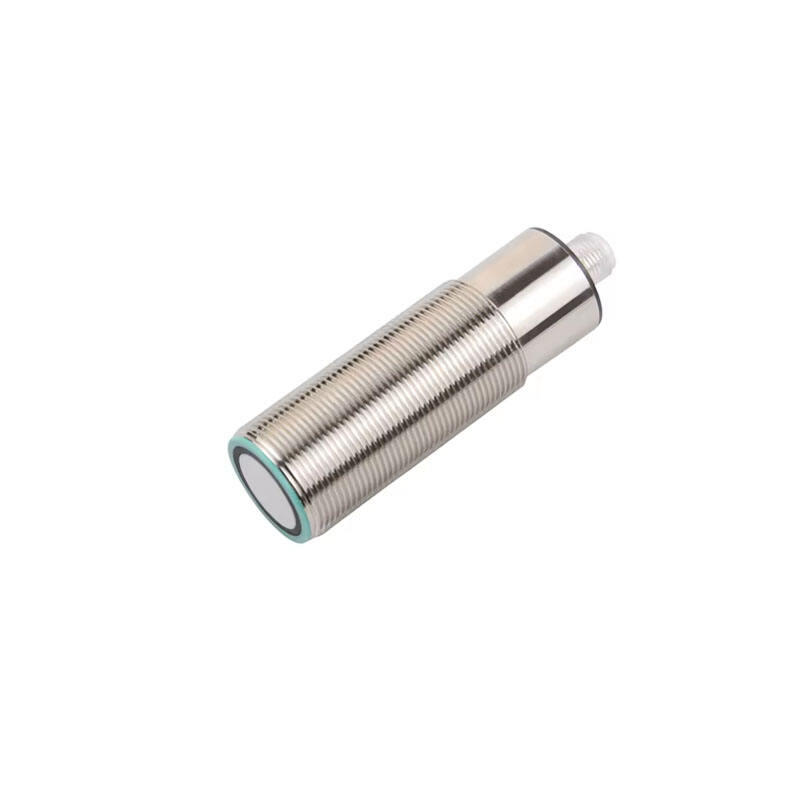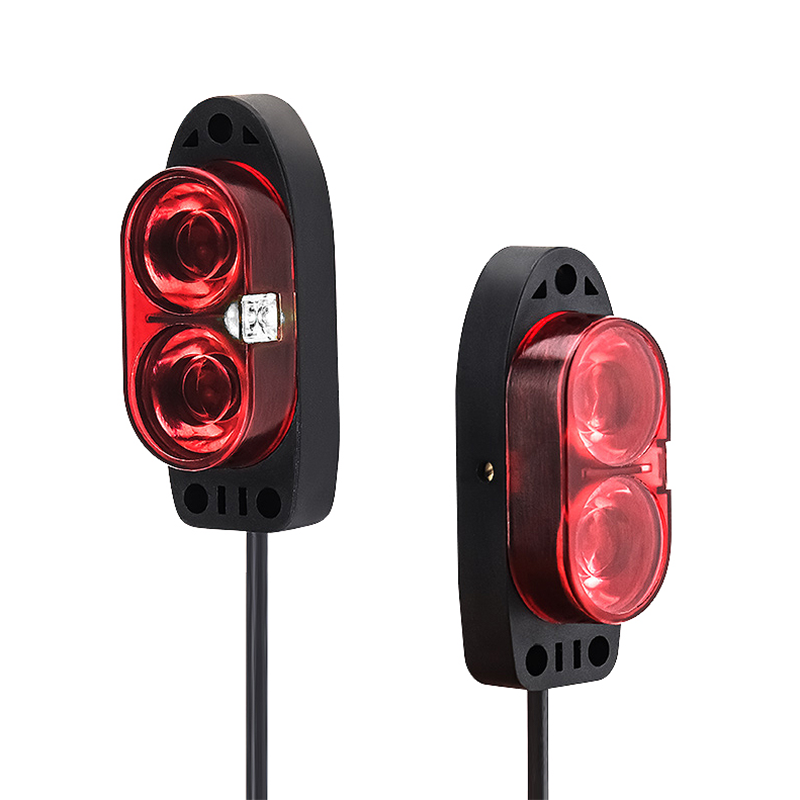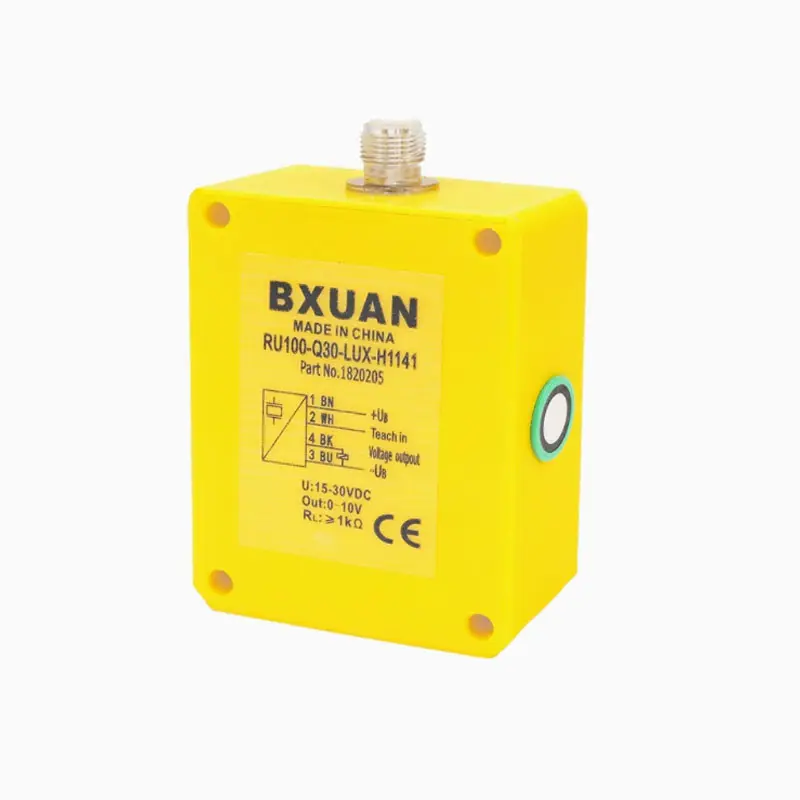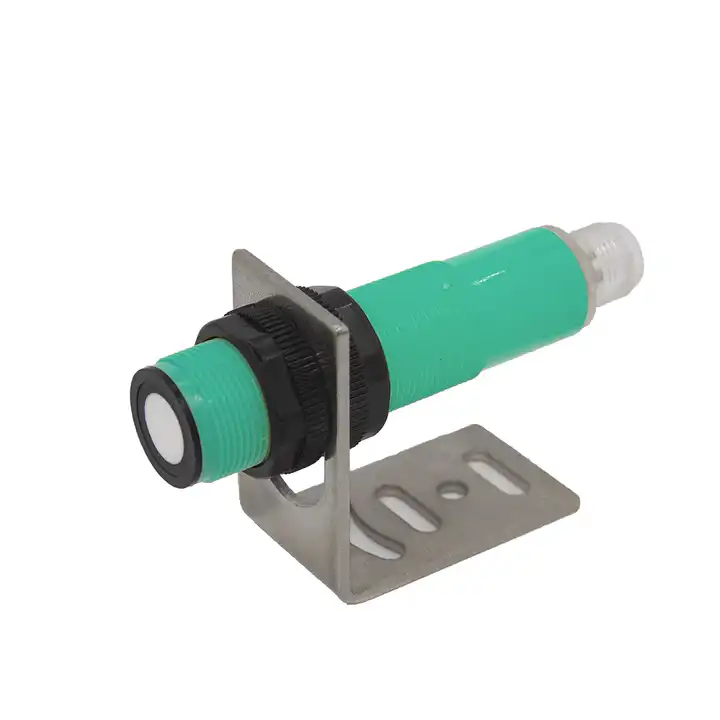proximity type sensor
A proximity type sensor is a sophisticated electronic device designed to detect the presence or absence of objects without requiring physical contact. Operating through various sensing technologies including electromagnetic fields, infrared radiation, or capacitive sensing, these devices have revolutionized automation and safety systems across multiple industries. The sensor emits a field or beam and monitors changes in the return signal, allowing it to determine when an object enters its detection zone. Modern proximity sensors can be configured for different detection ranges, typically from a few millimeters to several centimeters, depending on the specific application requirements. These sensors demonstrate exceptional reliability in challenging environments, maintaining consistent performance despite exposure to dust, moisture, or electromagnetic interference. They excel in high-speed operations, capable of thousands of detection cycles per second, making them ideal for fast-moving production lines and automated systems. The technology incorporates advanced calibration features that enable precise threshold adjustments, ensuring accurate object detection while minimizing false triggers. Proximity type sensors find extensive applications in manufacturing, automotive systems, security installations, and consumer electronics, where their non-contact operation and durability provide significant advantages over traditional mechanical switches.

